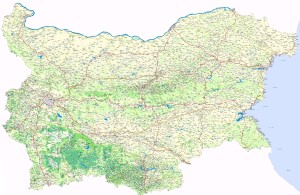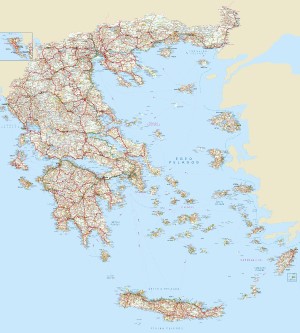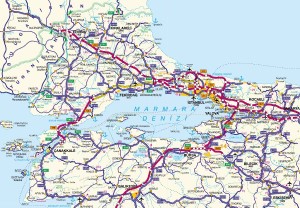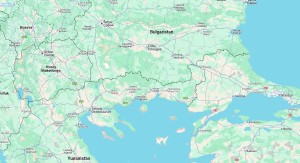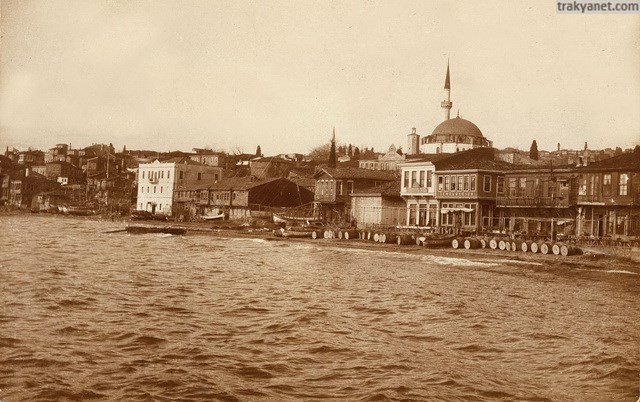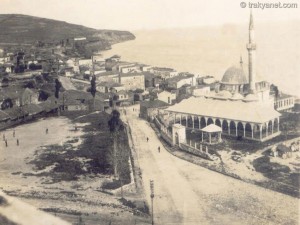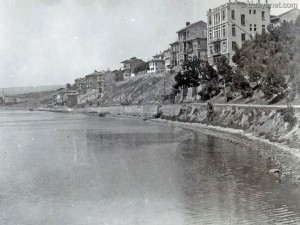Histories
Select the settlement whose topics you want to see
Recently Added
Tekirdag is located on the northwestern coast of the Marmara Sea, within the lands of Thrace. Due to its geographical position, it holds strategic importance as a passage region. The city is situated where the coastline transitions from an east-west direction to a north-south direction, along a semi-circular bay, partially on valley slopes and partially on cliffs. It has rapidly expanded towards the east-west and northern sections through successive terraces.
197 BC – 395 AD: With Roman military intervention in 197 BC, the Thracian tribes gained their independence. In 46 AD, after the Thracian King Rhoemetalces III was killed by his own wife, Emperor Claudius annexed Thrace as a province of Rome and appointed a procurator from the equestrian class to govern the province. To Romanize Thrace, Emperor Claudius established two Roman colonies in the interior regions of Thrace, settling retired Roman soldiers there.
The history of Tekirdag should not be considered separately from the history of Thrace and the Marmara region. The most important feature of the region is that all kinds of relations such as migration, invasion, trade and cultural exchange between Anatolia, the Near East and Europe took place through Thrace. The second important feature of the region is that it is located at the junction of the main sea route from the Mediterranean and the Aegean Sea to the Black Sea and from there to Central and Eastern Europe and Asia via large rivers.






